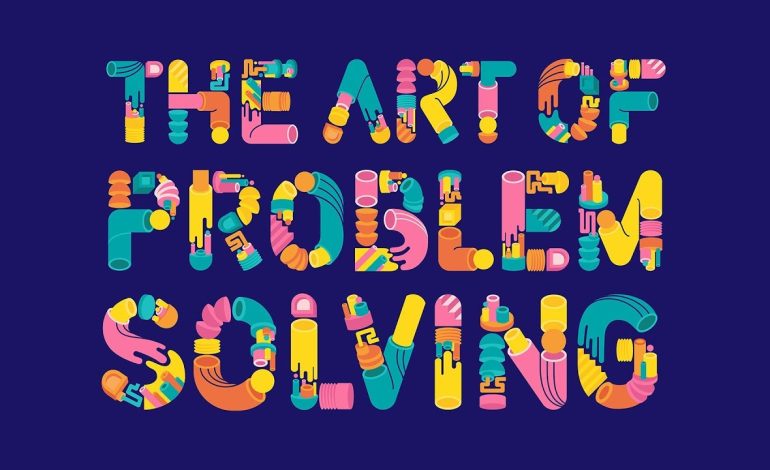The Art of Problem Solving in Programming

Programming is an intricate field that requires both technical and creative skills. It is not just about coding and syntax, but also about solving problems in a logical and efficient way. Problem-solving is an essential part of programming, and it involves understanding the problem, breaking it down into smaller parts, and finding a solution. In this article, I will discuss the art of problem-solving in programming.

Understand the problem
The first step in problem-solving is to understand the problem. You need to know what the problem is and what you are trying to achieve. It is essential to gather as much information as possible and clarify any doubts before starting to work on the solution. You can ask questions like, what is the problem? What are the constraints? What is the expected output? Having a clear understanding of the problem will help you devise an appropriate solution.
Break down the problem
Once you have understood the problem, the next step is to break it down into smaller parts. It is easier to solve a problem if you can break it down into smaller sub-problems. You can start by identifying the inputs, processes, and outputs. Then, you can break down each of these components into smaller parts and work on them one by one. This will help you tackle the problem in a more organized and efficient way.
Find the right algorithm
After breaking down the problem, the next step is to find the right algorithm. An algorithm is a set of instructions that help you solve a problem. You need to choose the right algorithm that is best suited for the problem at hand. There are various algorithms available for different types of problems, such as sorting, searching, and optimization. Choosing the right algorithm will make the problem-solving process faster and more efficient.
Implement the solution
Once you have identified the right algorithm, the next step is to implement the solution. You need to write the code that will solve the problem. It is essential to write clean, readable, and maintainable code. You should also test the code thoroughly to ensure that it is working correctly.
Optimize the solution
After implementing the solution, the next step is to optimize it. Optimization involves making the solution more efficient and faster. You can optimize the solution by removing redundant code, reducing the number of iterations, and improving the data structures. Optimization is an essential part of problem-solving, and it can significantly improve the performance of the code.
Here are some examples of how problem-solving skills can be used in programming:
- Debugging: When a program doesn’t work as expected, the programmer needs to use their problem-solving skills to identify and fix the problem’s cause.
- Designing algorithms: Programmers need to use their problem-solving skills to design algorithms that solve problems efficiently.
- Optimizing code: Programmers need to use their problem-solving skills to optimize code so that it runs faster and uses less memory.
- Troubleshooting: When a program is not working as expected, the programmer needs to use their problem-solving skills to identify and fix the problem’s cause.
conclusion
I would say problem-solving is an art that requires both technical and creative skills. It is essential to understand the problem, break it down into smaller parts, find the right algorithm, implement the solution, and optimize it. By following these steps, you can solve problems efficiently and effectively. Remember, programming is not just about coding, but also about solving problems. The art of problem-solving is what sets great programmers apart from the rest.


